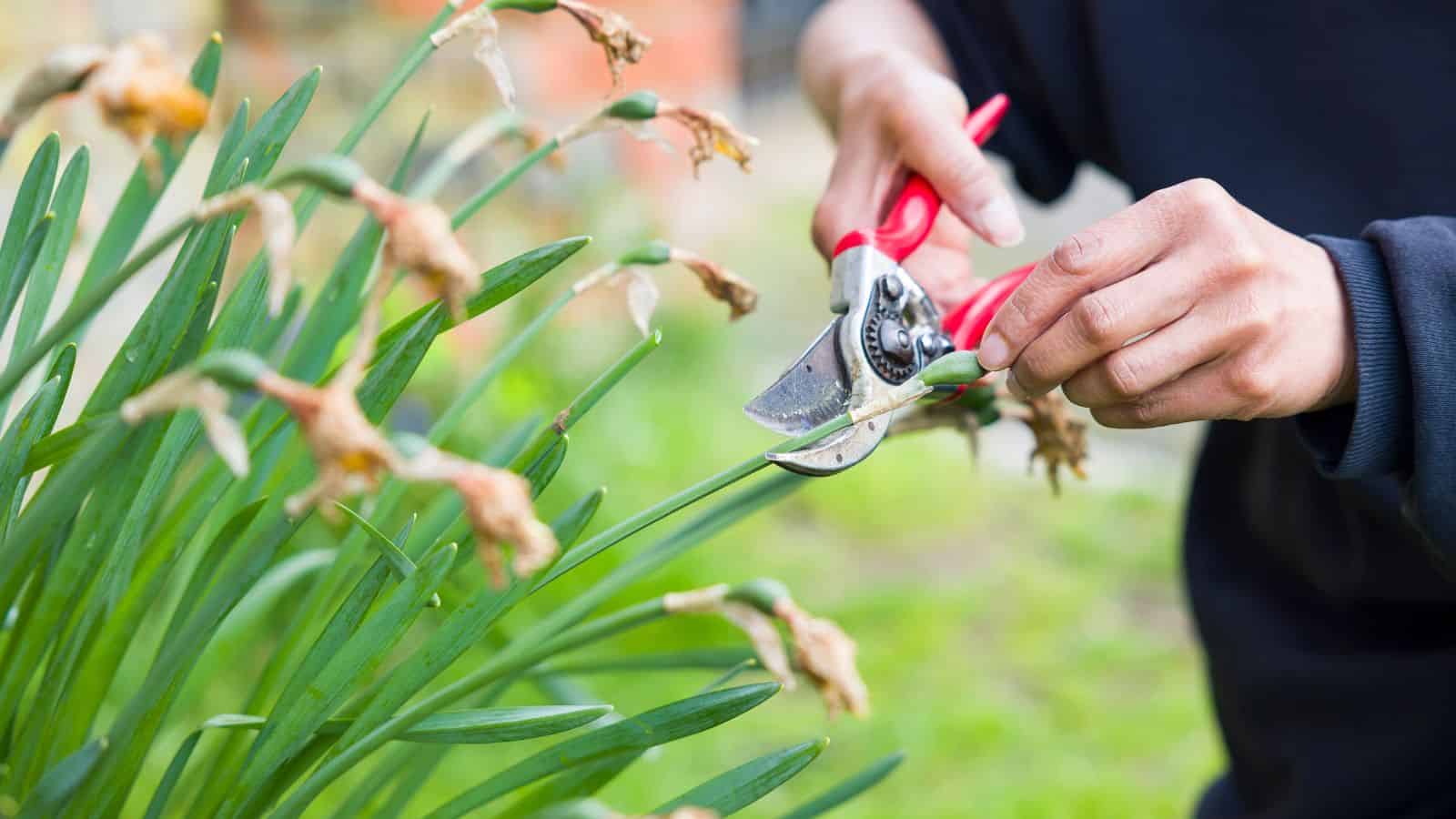Deadheading is a simple yet highly effective gardening practice that involves removing spent flowers from plants. This process not only improves the appearance of your garden but also encourages healthier plants and more blooms. Here’s a comprehensive look at the importance of deadheading flowers and how to do it correctly.

Extending the Blooming Period
Deadheading primarily serves to extend the blooming period of your flowers.
When flowers fade and begin to die, the plant redirects its energy from producing blooms to developing seeds. By removing these spent flowers, you prevent seed formation, encouraging the plant to focus its resources on producing new blossoms.
This can result in a longer and more prolific flowering season, providing continuous color and beauty in your garden.
Enhancing Garden Aesthetics
Additionally, deadheading helps to maintain a neat and tidy appearance in your garden. Spent flowers can make plants look untidy and can detract from the overall aesthetic of your garden. Regularly removing these faded blooms keeps your plants looking fresh and vibrant, enhancing the visual appeal of your garden space.
This simple maintenance task can make a significant difference in the overall presentation of your garden beds and containers.
Improving Plant Health
Another benefit of deadheading is that it can help improve plant health. Dead and decaying flowers can sometimes harbor pests and diseases, which can then spread to healthy parts of the plant.
By removing spent blooms, you reduce the risk of these issues, promoting healthier plants. This practice also allows for better air circulation around the remaining flowers and foliage, which can further reduce the likelihood of disease.
Encouraging Stronger Growth
Deadheading can also encourage stronger growth in perennials and shrubs. For some plants, removing spent flowers stimulates the growth of new shoots and branches, leading to a fuller and more robust plant.
This not only results in more blooms but also in a healthier, more vigorous plant overall. In some cases, deadheading can even improve the plant’s ability to withstand environmental stresses, such as drought or extreme temperatures.
How to Deadhead Correctly
When it comes to how to deadhead correctly, the process is straightforward. Use clean, sharp scissors or pruners to cut off the spent flowers just above the first set of healthy leaves or buds.
For plants with multiple blooms on a single stem, such as roses, remove the entire flowering cluster once the majority of the flowers have faded.
Regularly check your plants for spent blooms and remove them as soon as they start to wilt or brown.
Consistency is key, as regular deadheading will yield the best results in terms of prolonged blooming and plant health.
Different Plants, Different Needs
Different plants have different needs when it comes to deadheading. Annuals, which complete their life cycle in one season, often benefit greatly from regular deadheading to keep them blooming profusely.
Perennials, which return year after year, may also require deadheading to maintain their vigor and encourage more flowers. However, some plants, like certain varieties of daisy and coneflower, may not need deadheading at all, as they can self-clean, shedding their spent blooms naturally.
Conclusion
In conclusion, deadheading is a crucial gardening practice that offers numerous benefits. It promotes more blooms, keeps your garden looking neat, improves plant health, and encourages stronger growth.
By incorporating regular deadheading into your gardening routine, you can enjoy a more vibrant, healthy, and aesthetically pleasing garden. Whether you’re tending to annuals, perennials, or shrubs, the time and effort spent on deadheading will be well worth the rewards.
